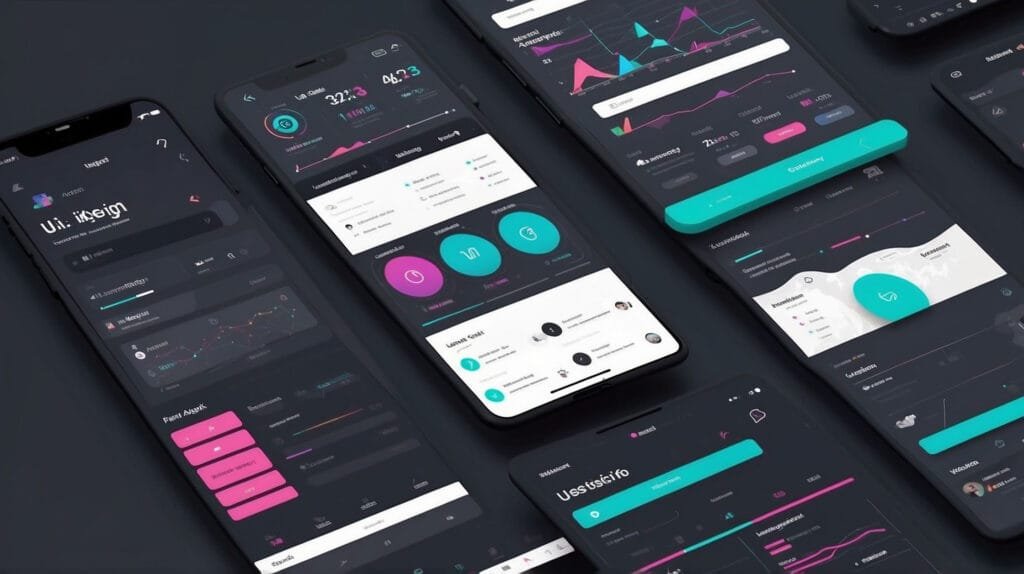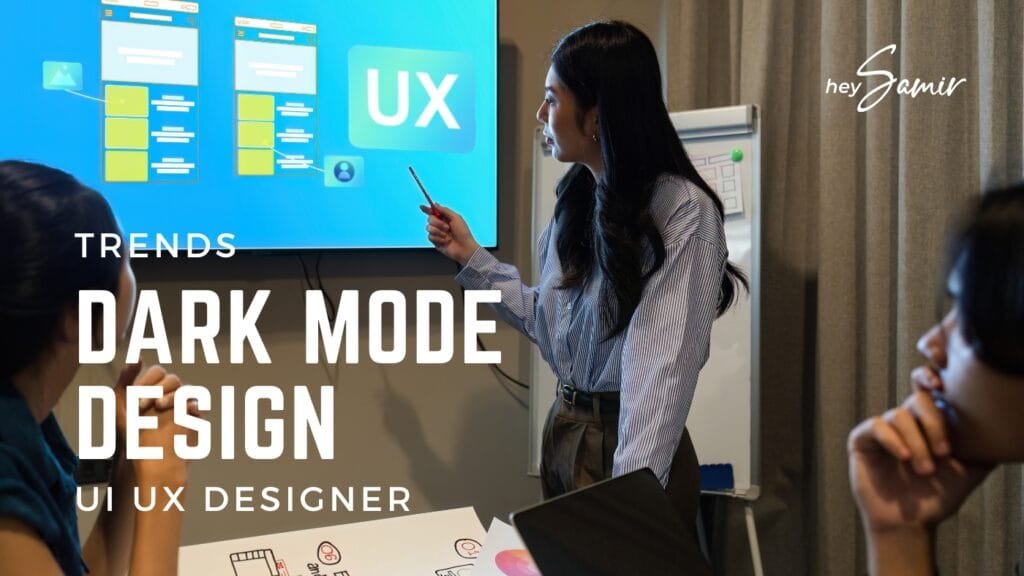Introduction: Top 5 Tools for UI/UX Designers in 2025
The field of UI/UX design is constantly evolving, and staying ahead means adopting tools that not only improve efficiency but also enhance creativity. In 2025, the demands for seamless user experiences and visually appealing interfaces are at an all-time high. Whether you’re a seasoned designer or a newcomer, leveraging the right tools can make a world of difference in your projects. Here’s a detailed look at the top 5 tools for UI/UX designers in 2025, offering insights into their features, benefits, and why they are a must-have in your design toolkit.
1. Figma: The Collaborative Design Powerhouse
Figma continues to dominate the design world in 2025, offering a perfect balance of functionality and collaboration. As a cloud-based design tool, it enables designers to work seamlessly across teams and devices.
Key Features:
- Real-time collaboration for teams working remotely.
- Powerful prototyping tools for creating interactive designs.
- An extensive plugin library to extend functionality.
Why Figma is a Must-Have:
- Cross-platform compatibility: Works on macOS, Windows, and browsers.
- Community-driven: Access thousands of templates and resources shared by other designers.
- Cost-effective: Free plans available for individuals and small teams.
Use Case: Ideal for designers who prioritize teamwork and need a versatile tool for creating wireframes, mockups, and prototypes.
2. Sketch: A Veteran’s Favorite
While competition has intensified, Sketch remains a top contender among the top 5 tools for UI/UX designers in 2025. It’s especially popular among macOS users.
Key Features:
- Intuitive interface tailored for digital design.
- Vector-based tools for scalable designs.
- A robust ecosystem of plugins for enhanced productivity.
Why Designers Still Love Sketch:
- Simplicity: Its straightforward UI reduces the learning curve.
- Offline capabilities: A boon for those who prefer native applications.
- Third-party integrations: Compatible with tools like Zeplin for handoffs.
Use Case: Perfect for solo designers and small teams focused on crafting pixel-perfect UI elements.
3. Adobe XD: Versatility and Performance
Adobe XD, part of the Adobe Creative Cloud suite, has carved a niche for itself with its versatile features and tight integration with other Adobe products.
Key Features:
- Seamless integration with Photoshop, Illustrator, and other Adobe apps.
- Advanced prototyping features like voice triggers and animations.
- A growing library of plugins and widgets.
Why Choose Adobe XD:
- Ease of integration: Perfect for designers already using Adobe tools.
- Dynamic collaboration: Co-editing and cloud sharing streamline team efforts.
- High fidelity: Excellent for creating detailed, interactive prototypes.
Use Case: Best for designers who rely on Adobe’s ecosystem and need robust prototyping features.
4. Webflow: Design and Development Combined
Webflow bridges the gap between design and development, empowering UI/UX designers to create responsive websites without writing code.
Key Features:
- Visual editor for designing and developing simultaneously.
- Built-in CMS for dynamic content management.
- Hosting and deployment directly from the platform.
Why Webflow Stands Out:
- Code-free design: Eliminates the dependency on developers for front-end implementation.
- Responsive design: Ensures designs look great on any device.
- SEO-friendly: Built-in tools for optimizing websites for search engines.
Use Case: Ideal for designers who want to take their projects from concept to launch without switching platforms.
5. InVision: Collaboration Meets Presentation
InVision has long been a favorite for prototyping and collaboration, and in 2025, it continues to shine as a top tool for UI/UX designers.
Key Features:
- Interactive prototypes that bring designs to life.
- Digital whiteboards for brainstorming and ideation.
- Feedback tools to streamline the review process.
Why InVision is Essential:
- Unified workspace: Combines design, collaboration, and feedback in one place.
- Presentation-ready: Ideal for showcasing designs to stakeholders.
- Scalability: Suitable for both freelancers and large enterprises.
Use Case: Perfect for teams that need a centralized platform for collaboration and presenting designs to clients.
Why These Tools Dominate in 2025
These tools have emerged as leaders in 2025 for several reasons:
- Adaptability: They cater to diverse workflows, from individual projects to large-scale team collaborations.
- Continuous innovation: Regular updates keep them ahead of industry trends.
- Community support: Extensive resources, plugins, and templates make them beginner-friendly and powerful for experts.
How to Choose the Right Tool for Your Needs
Selecting the right tool depends on factors such as:
- Team size: Collaborative tools like Figma and InVision excel in team settings.
- Budget: Consider free or cost-effective options like Figma and Sketch.
- Project scope: Webflow is excellent for web design projects requiring direct deployment.
By aligning your needs with the features of these tools, you can optimize your design workflow and deliver exceptional results.
Conclusion
The top 5 tools for UI/UX designers in 2025 are shaping the future of digital design by offering innovative features, seamless collaboration, and unmatched versatility. Whether you’re creating prototypes, designing responsive websites, or collaborating with teams, these tools ensure you stay ahead in the competitive world of UI/UX design. Start exploring them today and elevate your design game to the next level.



